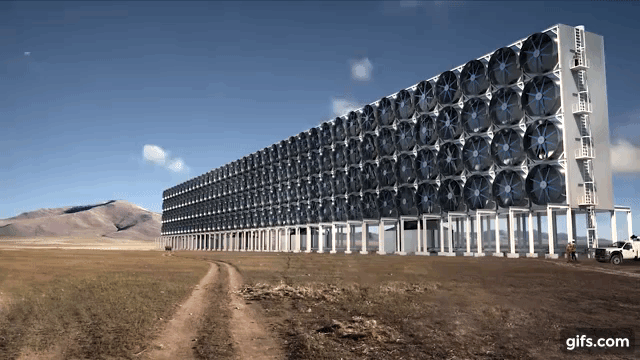Scientists and engineers have been working on the conversion of carbon dioxide emissions to energy for a long time, finding the perfect material to efficiently convert sunlight, carbon dioxide and water or hydrogen to fuel. The issue is always about the chemical stability of carbon dioxide. But now, scientists from the University of Toronto (U of T) might have discovered the material to combat that issue.
They believe that they have developed a way to perform this conversion of emissions to energy-rich fuel and that is through silicon. This element is an abundant natural resource being readily available in sand, and the seventh most abundant element in the universe and the second most abundant element on the Earth’s crust.
Geoffrey Ozin, a chemistry professor in U of T’s Faculty of Arts & Science, said that a chemistry solution to climate change requires a material that is a highly active and selective catalyst to enable the conversion of carbon dioxide to fuel. He added that it also needs to be made of elements that are low cost, non-toxic and readily available. Silicon is so far the best candidate.

Source: Chenxi Qian via Phys.org
As indicated in a report in the Nature Communications, the hydride-terminated silicon nanocrystals, or nanostructured hydrides, have an average diameter of 3.5 nanometres and feature a surface area and optical absorption strength sufficient to efficiently harvest the near-infrared, visible and ultraviolet wavelengths of light from the sun together with a powerful chemical-reducing agent on the surface that efficiently and selectively converts gaseous carbon dioxide to gaseous carbon monoxide.
This only means that soon we can produce energy without the usual harmful emissions.
The U of T Solar Fuels Research Cluster, where Ozin is its leader, sees the great potential in this new discovery and works on increasing the activity, enhancing the scale and boosting the rate of production. The lab now aims to have its demonstration unit and moreover, a solar refinery.
You might also like to read:
Canadian Engineers are Converting CO2 Back to Energy. Click here


















